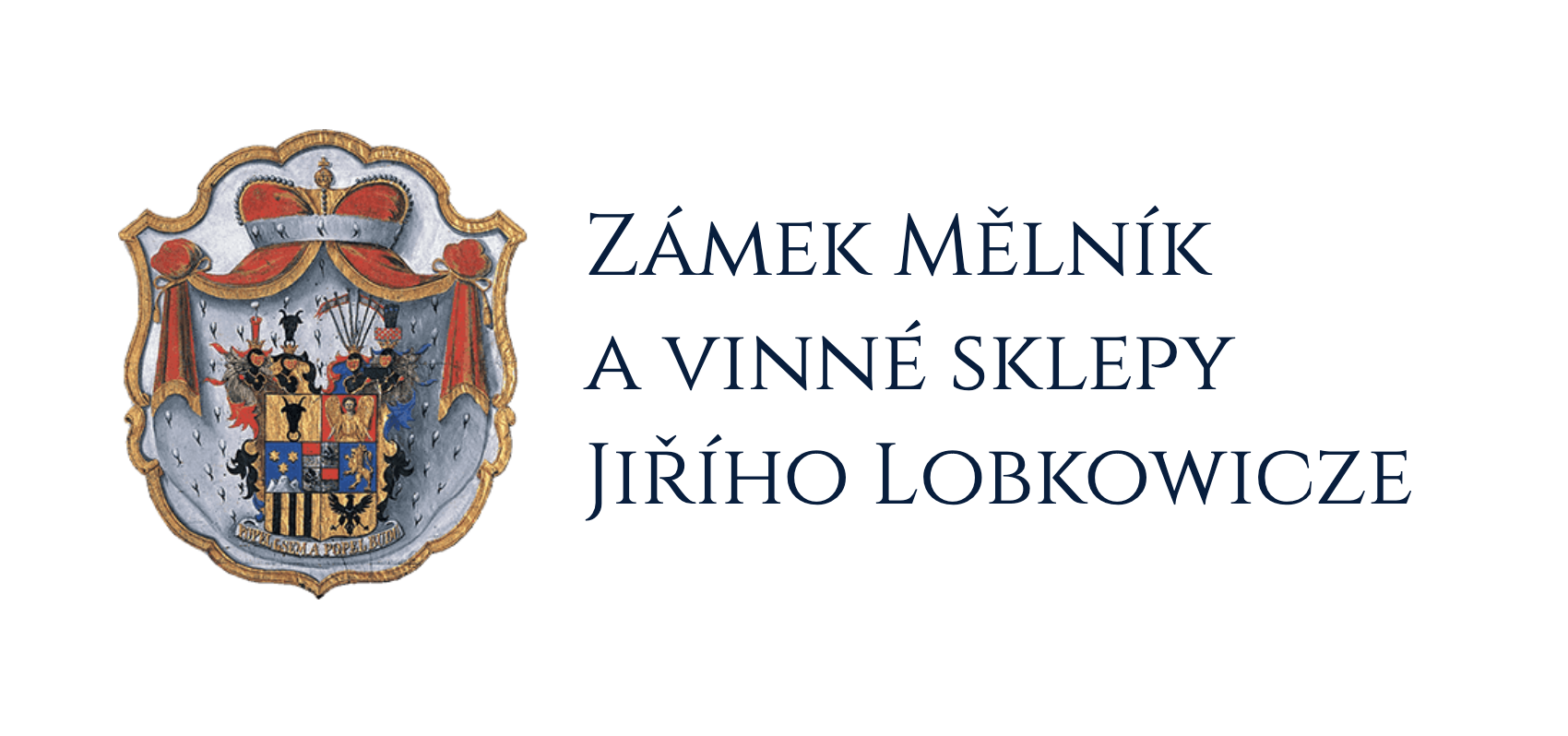The origin of the ossuary is related to the cemetery that had once surrounded the Church of St. Peter and Paul, and bones were being put there since the 1530s. The crypt contains the remains of about 15,000 people. It is under the chancel of the church.
The Mělník ossuary served its purpose until 1775 when burying in the cemetery at the Church of St. Peter and Paul was stopped and moved to the cemetery at the Church of St. Ludmila. The ossuary was supposed to be abandoned, but the people of Mělník decided to solve this order by closing it. Later, it could become a study material for Professor Jindřich Matiegka, the founder of Czech anthropology. He arranged the ossuary in 1915-1919, which is pointed out by the commemorative plaque at the entrance.
There are remains of 10-15,000 people. The wall made of them on the west side is named Calvary, simple images of an anchor and a heart symbolizing hope and love or the inscription ‘Ecce mors’ were created by inserting skulls between the long bones in the other parts. We can read the inscription ‘What are you, we were, who we are, you will be’ in the plaque. It is then that we probably realize the transience of human life and the fact of death.
